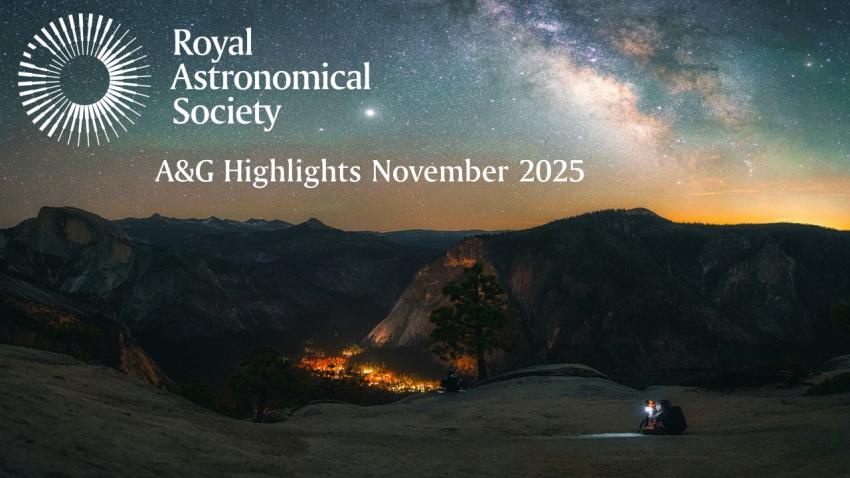A&G Highlights Meeting Programme
November 14th 2025
16:00 Prof Mike Lockwood (President)
Welcome and Announcements
16:05 Dr Nigel Meredith (British Antarctic Survey, Cambridge) - Online
“Extreme Relativistic Electron Fluxes in the Earth’s Outer Radiation Belt”
Relativistic electrons are an important space weather hazard. These so-called ‘killer’ electrons are a major source of radiation damage to satellites and pose a risk to humans in space. In this talk I will describe how I applied extreme value analysis to long-term satellite datasets to determine the 1 in 10, 1 in 50 and 1 in 100 year space weather events for relativistic electrons at geostationary and in GPS orbits. I will describe the solar wind and geomagnetic conditions that lead to the largest relativistic electron fluxes and the nature of the waves largely responsible for the acceleration of electrons to relativistic energies. Finally, I will describe how we have used these naturally occurring plasma waves in performances that fuse music, dance and science, albums, and a world-renowned space simulation video game.
16:35 Dr Steven Cunnington (University of Manchester)
“A new way to map the Universe with radio intensity maps of neutral hydrogen”
Fluctuations on “ultra-large” scales (>100 Mpc/h) in the cosmic large-scale structure offer a powerful test of the standard cosmological model and a probe for new physics. Wide-area surveys with the Square Kilometre Array Observatory (SKAO) will explore these scales by mapping diffuse 21cm emission from extragalactic neutral hydrogen (HI) gas, a technique known as HI intensity mapping. While this will be a key goal for the future SKAO, its 64-dish precursor, MeerKAT, is already pioneering the approach through the MeerKAT Large Area Synoptic Survey (MeerKLASS). I will present the latest progress from MeerKLASS, which is now conducting a multi-year survey (at redshifts 0.4 < z < 1.45) covering 10,000 square degrees. I will highlight our recent detections of cosmological HI signal with a multi-dish array, and discuss how these observations open new opportunities to use radio telescopes as precision tools for large-scale cosmology.
17:00 George Darwin Lecture
Dr Dimitri Veras (University of Warwick)
"The growing, interdisciplinary field of post-main-sequence planetary system science"
Combining astrophysics, solar system science and geochemistry, the field of planetary systems around dying stars requires input from different research areas in order to achieve a complete understanding. The breadth of relevant topics span the chemical makeup of Earth's core, mantle and crust, to planetesimal erosion and re-growth, to the physical and chemical evolution of debris discs, to atmospheric characterisation of very cold planets, to stellar evolution and Galactic dynamics. In this talk, I will provide a current review of white dwarf planetary systems, which is a growing field of research featuring exciting observations and theoretical developments.
17:55 Prof Mike Lockwood (President)
Closing Remarks
Click here for your FREE ticket


